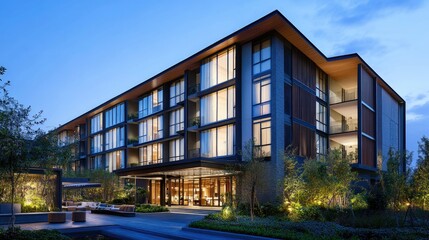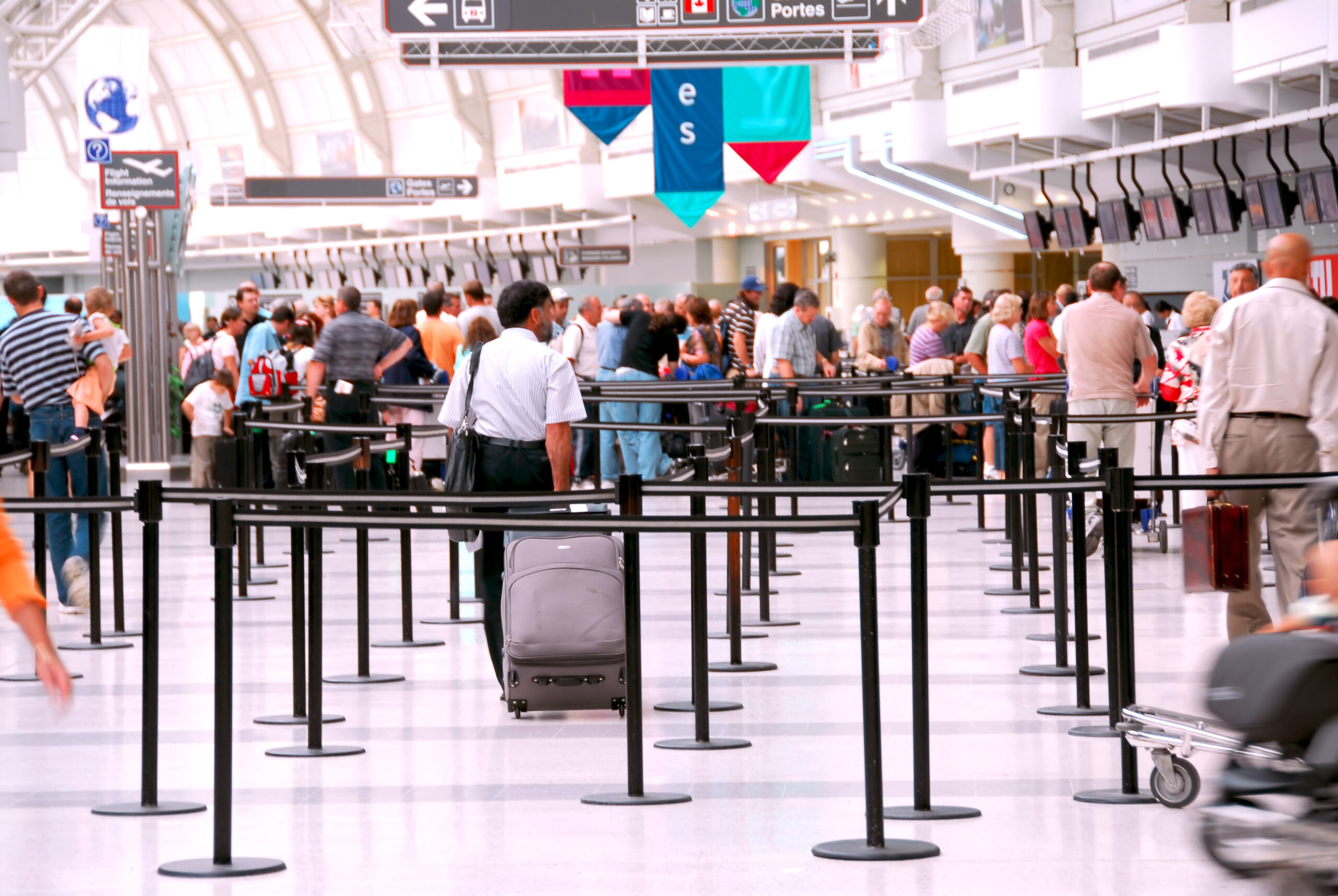This article was originally published by Hospitality Technology.
Today’s hotels and other large public-serving environments can be viewed almost as mini-cities in that they operate as an entire economic ecosystem in service to the people who visit these spaces. Compared to single-use commercial buildings, hotels and casinos are responsible for providing guests entertainment, shopping, dining and a myriad of other leisure offerings.
The multiplicity of activities occurring 24/7 within these hosted environments poses a powerful opportunity for the hospitality industry to gain better insight into how guests and employees are interacting within these spaces. By leveraging spatial data, they’re better able to curate highly personalized experiences and maximize the use of their real estate.
Working with our diverse hospitality customers, we’ve identified four ways mega-spaces will evolve in 2022 to address expectations, safety, sustainability, and operating costs.
1) An intelligent space can satisfy guest needs in real time.
Spaces catering to a wide variety of guests are constantly changing environments. New events and activities — at changing locations, different times and targeted to different audiences — create challenges for those preferring self-discovery.
Tapping into critical guest data is the cornerstone for these ecosystems. Leveraging guest loyalty data and tying location to that information provides a better experience, guiding them through a complex space not only directionally but by offering information they need precisely when needed. Knowing guests’ preferences allows you to give them genuinely helpful nudges in context of where they are at any moment.
People prefer to be in the driver’s seat, choosing their own paths, on their own time, in a seamless balance of online and real-world exchanges. A guest’s personal mobile device, essential for personal and work life, is the locus for navigating through any hosted space. Interactive maps, tailored discounts and loyalty programs are more important than ever, as management can fine-tune offerings and enticements precisely to guest preferences.
How can employees benefit from new technologies in their customer service roles? One simple use case for improvement is mining search terms. Are people searching using the same key words repeatedly, such as “where are the elevators”? Understanding what people look for in a specific part of the facility, such as sanitation stations or transportation areas, are some offerings that can be served up depending upon where guests are.
Another area to collect associated data is guest activity. Weaving customer preference info with data on their actions creates touchpoints for upselling – are they staying on-site for dining? Are there opportunities to offer options to keep them on hotel grounds? What personal services do they use when they stay – laundry, room service, the gym? Are international travelers offered COVID-19 testing on site?

2) Elevating safety measures and communications to increase guest confidence.
Guests are arriving with a whole new level of safety expectations. Virtual check-ins and room key apps not only ease bottlenecks but give staff the time to interact with guests in more meaningful ways.
In a public space where people are constantly coming and going, guests expect management to monitor crowd sizes and allow for distancing measures. Demonstrating regular disinfection of surfaces, having easy-to-find sanitation kiosks as well as offering contactless touchpoints goes a long way to reassuring people of a safer environment.
Venues can tout commitment to clean indoor environments, incorporating air filtration, natural airflow systems, and visible measurements of air quality. A smart space that can tell them how you are looking out for their safety, even when they can’t see it, will give peace of mind during their stay.
3) Focusing on greener operations.
Today’s environmentally conscious travelers care about a brand’s values and are selective about businesses they’ll patronize. Transparency into an organization’s sustainability path demonstrates good corporate citizenship. A commitment to sustainability needs to be woven into a hotel’s story and brand, and part of that story involves transparency into process and showcasing successes. Equipping your hotel with LED lighting, solar and other cleaner energy lowers costs and highlights commitment to environmental stewardship. Guests, too, can contribute to energy management goals through mobile smart lighting and temperature-control apps.
Facility operators can share — through real-time visualization signage and public facing dashboards — information about indoor air quality, how they’re working to minimize waste through recycling, retrofitting for clean energy sources, and using technology to allocate energy based on occupancy without impacting guest comfort.
4) Transforming raw data to lower operational costs.
Investing in technology that provides intelligence is key to reducing costs and increasing revenue. Almost every aspect of a complex hotel environment can be improved when operators have critical data for decision-making. Guest cycles inform staff schedules, allowing for capacity employee deployment when needed. Automated energy allocation based on occupants, usage, and energy peaks is more efficient than predetermined scheduling.
An intelligent space not only compiles data about the activities happening within, but makes crucial decisions that foster efficiency and satisfied guests. As hospitality providers welcome the return of guests, they are finding demographics have changed. Most travelers are purely vacationing – business travel has cratered, a concern as this sector accounts for more than half of hotel revenue.
The positive aspect of hosting vacationers is that they’re willing to spend time and money for pleasure. Hotel operators who tap and act on deep data associated with how their spaces are utilized are better positioned to provide the personalized experiences people want. Venues that understand how guests engage within a physical space and how that data translates into better end user experiences make smarter business, energy and resource decisions.
Whether a hotel is a mix of buildings or one vast entity, equipping the space with IoT systems and intelligence streamlines delivery on higher guest expectations. New technologies are creating living spaces with a digital overlay, connecting the virtual and physical worlds.



